How Might We Create Experiences For Students To Encourage Creativity & Exploration During The School Day?

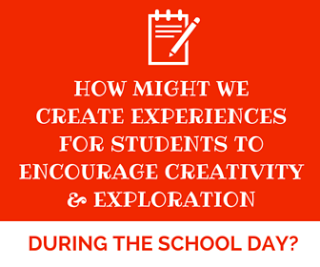
STEM Design Experiences empower students to be creators in the fields of Technology, Science and Engineering through hands-on learning.
Throughout the school year I will work with teachers to create STEM experiences aligned to district curriculum for students. STEM stands for Science, Technology, Engineering and Mathematics. The goal of STEM is to provide students with real-world problem solving opportunities. STEM allows students to think outside the box with project-based learning. STEM experiences are about collaboration, teamwork, problem-solving, delegation responsibility, and innovation. They are designed to help our students become 21st century digital age learners by creating, inventing, and designing through challenge based learning activities, and exploration.
These experiences have completely transformed learning in the classroom
Why Do We Need STEM?
Lesson Objectives:
Students will understand empathy
Students will understand the Design Challenge Process
Tools and ideas to transform education. Sign up below.
ISTE STANDARDS:
- Creativity & Innovation
- Communication and Collaboration
- Critical Thinking, Problem Solving, and Decision Making
Science:
- Impact of Science, Technology, and Human Activity-
- Identify a question that was asked, or could be asked, or a problem that needed to be solved when given a brief scenario (fiction or nonfiction of people working alone or in groups solving everyday problems or learning through discovery)
- Work with a group to solve the problem, giving due credit to the ideas and contributions of each group member.
- Communicate the procedures and results of investigations and explanations through: oral presentations, drawings and maps, writings, etc...
- Design and construct a machine, using materials
Health: Demonstrate decision-making and problem solving skills. Demonstrate appropriate ways to solve conflicts with peers.
Communication Arts:
- Read and follow simple directions to perform a task.
- Listening and Speaking
- Read and follow three-and four-step directions to complete a task.
I enjoyed spending time this week working in classrooms to share STEM experiences with students. Since this was a new concept for most students. I started by explaining to students what STEM meant. Students very first challenge was the 30 Circles Challenge.
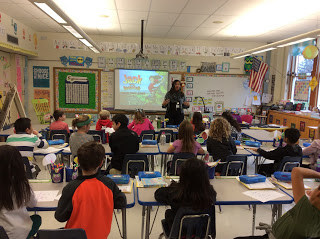
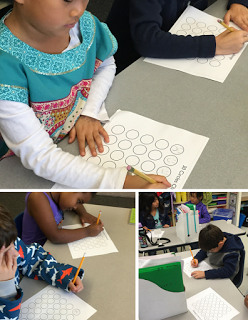
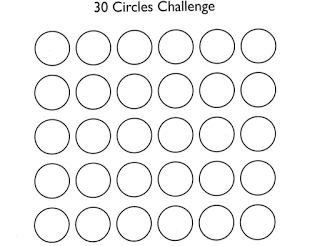
Directions: 1 minute to turn as many of the blank circles as you can into recognizable objects
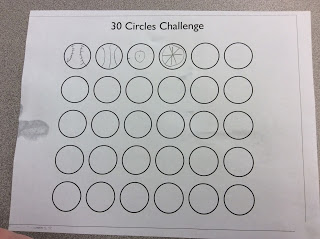
Each student chose a group 4-5 students to work with. Each team member has a role. These roles can be shared.
TECHNOLOGISTS- Work with the iPads to complete portfolio using the Seesaw APP or Book Creator
BUILDERS- Assess Materials and Build Prototype
WRITERS- Complete written journal, and empathy map
PRESENTERS- Share the group accomplishments and final prototype
Next, was the Thingamob Challenge: On this new science entertainment series on the History channel show, ThingamaBob's task is to use seemingly random objects to create never before seen inventions. I showed students this 30 second screwdriver challenge:
Each team was given a random object to find other uses for. They brainstormed ideas for one minute. (ex: toothbrush, battery, sponge, and other everyday objects)
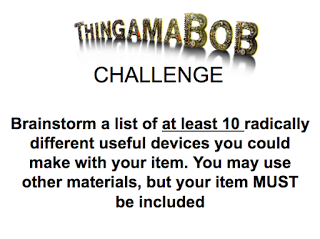
I gave the students simple objects; and they came up with some pretty interesting new uses.
The next part of the lesson required students to understand empathy.
The ability to understand and share the feelings of another.
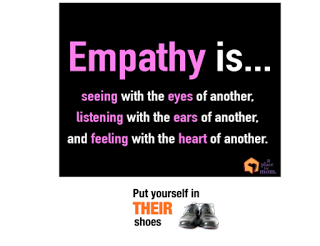
2nd Grade Empathy Lesson involved...
Listening to the story of Jack and the Beanstalk, and completing an
Empathy map (similar to this one) for Jack What is Jack feeling, seeing, doing, hearing, saying?
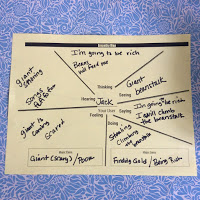
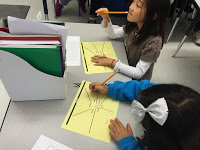
Option: Or use a mind mapping apps like these
3rd/4th Grade Empathy Lesson
Empathize with a pizza delivery driver.
Empathy questions: What does a delivery driver see, do, hear, say, feel? What is the best and worst thing about being a pizza delivery driver?
The students then apply their empathy mapping skills to complete a map for their assigned user, then design a prototype.
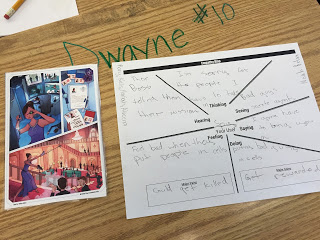
After completing an empathy map students in 2nd grade had the challenge of building the highest tower for Jack using pipe cleaners. Each group received 15-20 pipe cleaners.
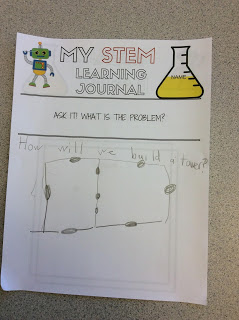
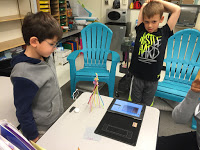
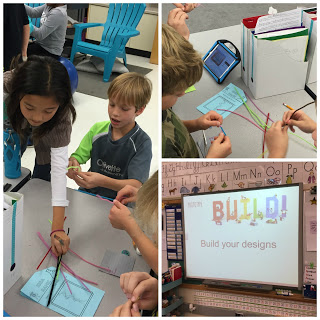
We measured the tallest tower, compared the sizes of our towers, and then declared a winner.
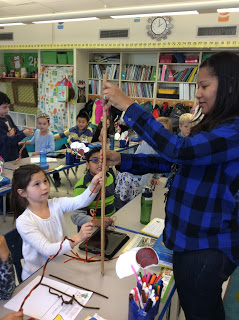
3rd Grade Challenge Experiences:
Challenge: Create a solution for a problem for the pizza delivery man.
Students got to spin the wheel using the random name picker app to choose their group challenge.
Example challenges : I need to protect myself from the rain, I need to take multiple items up several flights of stairs, or I need to keep the pizzas warm.
More ideas here
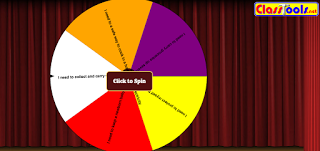
Students were given a STEM Journal, their challenges, and 5 minutes to brainstorm their ideas, explore their materials, and sketch out an idea.
Each group was given a bag with different materials. Each bag contained two or three fastener items, two or three surface items, and two or three secure items.
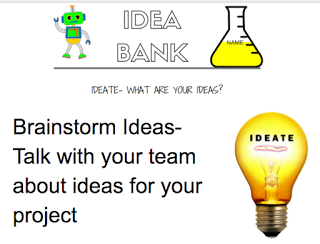
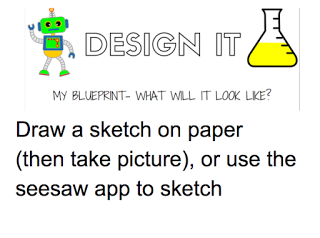
After the 5 minutes, the technologists in the group were given a short tutorial on how to either use the Seesaw App or BookCreator APP
4th Grade Challenge Experiences:
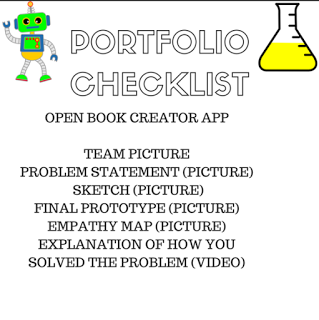
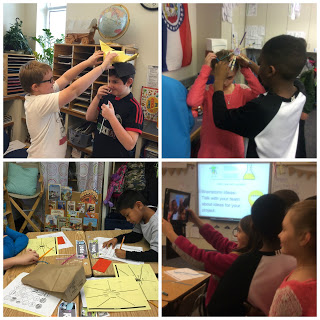
We used The Extraordinaires Design Studio Kit. Students had 15 minutes to design, and build a prototype, and create a portfolio for their user.
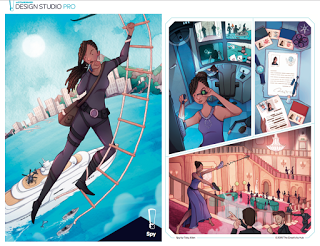
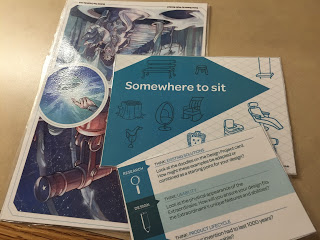
From the website: The Extraordinaires Design Studio is the creative thinking game for problem solvers aged between 8 and 108. If you've ever wondered what it's like to invent a music player for a robot, a remote control for a pirate, or cooking utensil for a vampire teen, this is definitely the game for you. Each set includes dozens of design challenges.
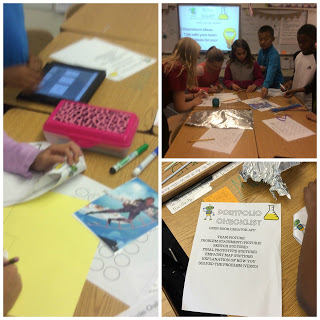
The students learned a lot about working together, time management, and they produced some fantastic projects.
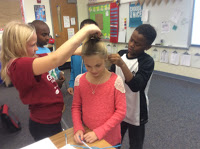
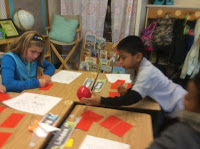
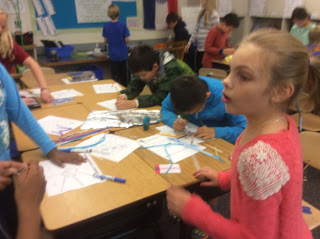
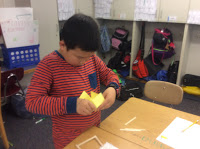
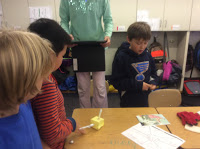
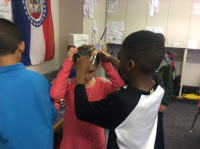
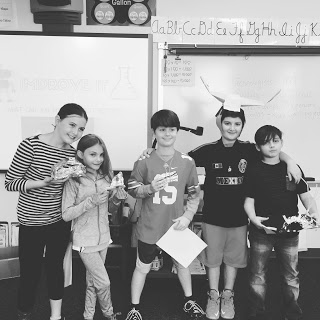
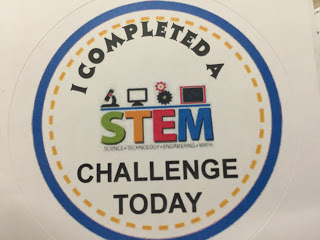
Each student earned their STEM challenge sticker
It is important to remember:
- STEM is not a curriculum.
- STEM is a culture that can happen in all classes, all grade levels.
- STEM is a way of thinking. It has to be fostered.
- STEM needs to be relevant.
- You need resources to facilitate the culture of STEM.
Items that would be great for STEM activities: cereal boxes, empty tissue boxes, oatmeal boxes, paper towel tubes, paper grocery sacks, colored tissue paper, shoe boxes with or without lids, scrap pieces of cloth, pipe cleaners, popsicle sticks, coffee filters, straws, tin foil, string, brown paper bags (lunch), cardboard, glue scissors, paint, glue sticks, tape.
Special thanks to Andrew Goodin , Mr. Makerspace for the inspiration :)
cross-posted at msedtechie.blogspot.com
Patricia Brown is the Technology Integration Coach at Old Bonhomme Elementary School in Saint Louis, MO, where she implemented the first annual OB Family Tech week and Digital Learning Day. As a classroom teacher, she was awarded a $25,000 Innovative Technology grant for her school. Read her blog at msedtechie.blogspot.com.
